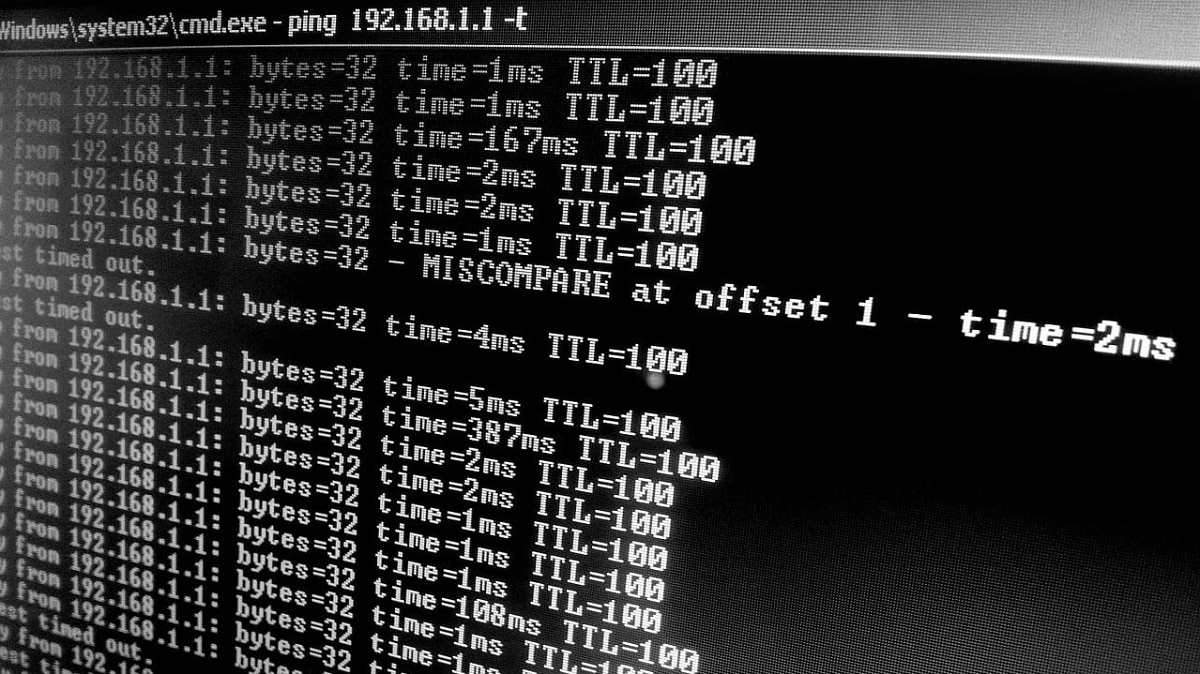
Windows is an operating system created to be easy for users to use. That is why, in general, its graphical interface is used to perform all the necessary actions, manage and edit files, etc. However, there are also those who, on occasions, prefer to use the command console, also known as Command Prompt, Command Prompt or just CMD, which makes things a bit more difficult.
However, despite its complexity, this console inherited from the old MS-DOS also allows some modifications to the system easily through its commands. And, specifically, in addition to allowing the creation of files, it also you will be able to use CMD to consult the content of some files easily, so we are going to show you how you can achieve it step by step.
Command TYPE: so you can check the content of a file from the CMD console in Windows
As we mentioned, despite not being the most common, you will also be able to use the CMD console without any problem to query the content of a certain file if you wish.
To do this, you will first have to go to the directory or drive that contains the file using the command cd ruta-directorio. Once you are in the directory in question, something that you can easily see since the command bar shows it just before the cursor, you must execute the following command, entering the name of the corresponding file so that the console can identify it, as shown in the example image:
TYPE <archivo>

In this way, as you can see, the content of the file in question will be displayed. However, being a basic terminal, you will appreciate that, sometimes it is not able to display all the content correctly, especially with special characters or the like. Now, if it is a plain text file, you should be able to see all its content without problem.